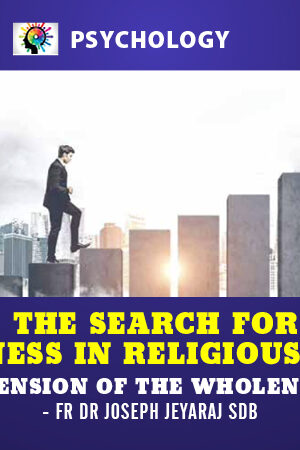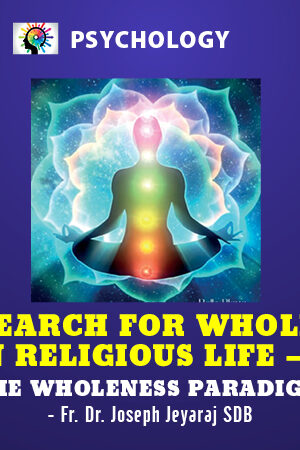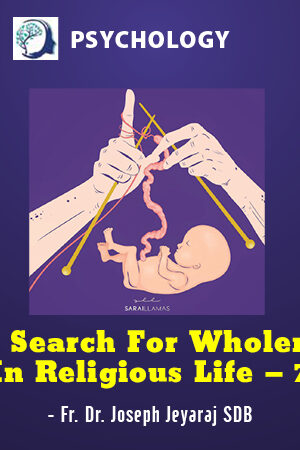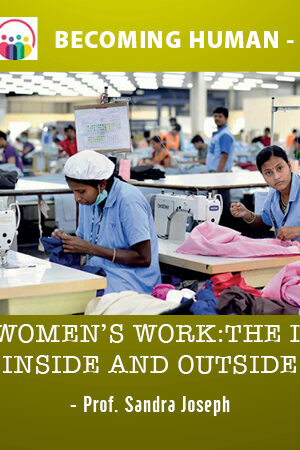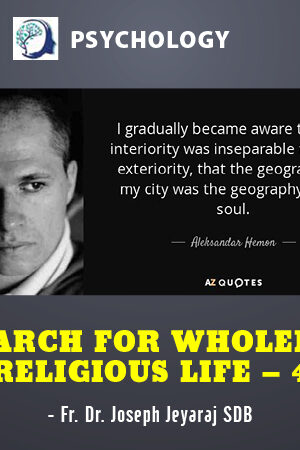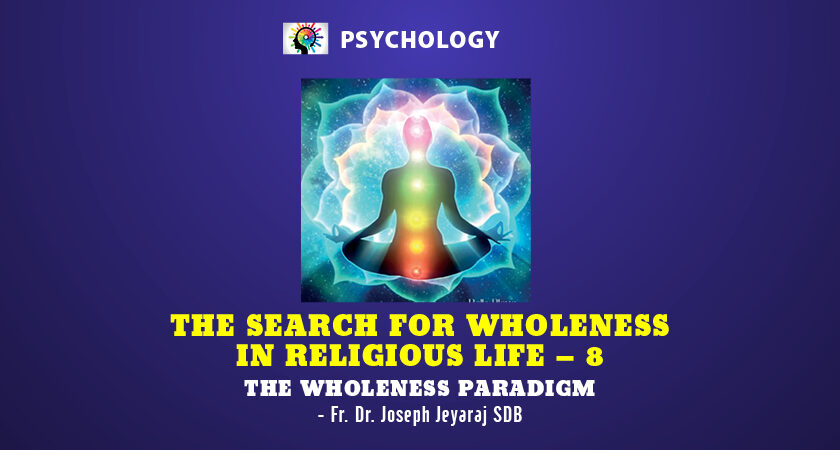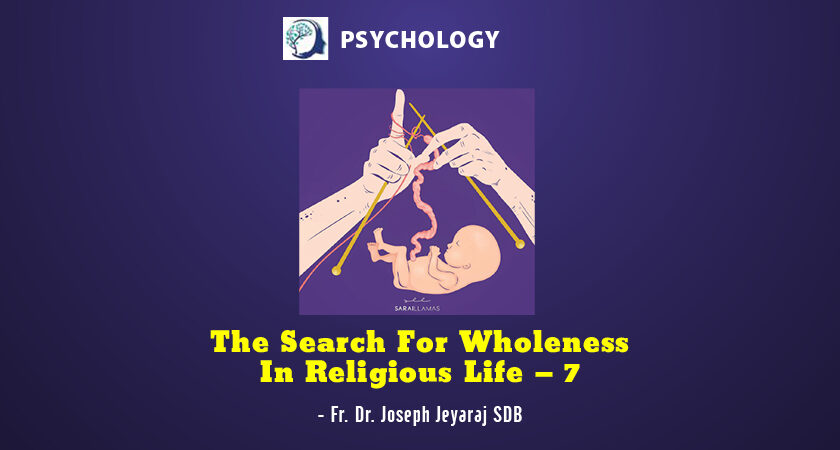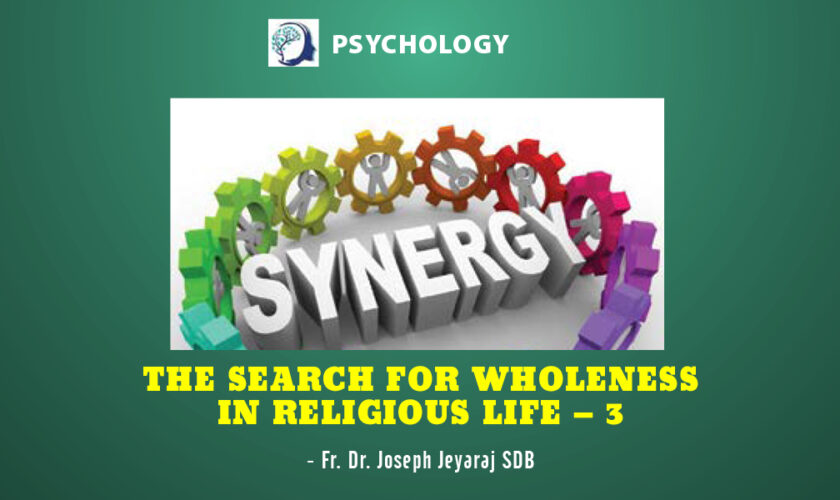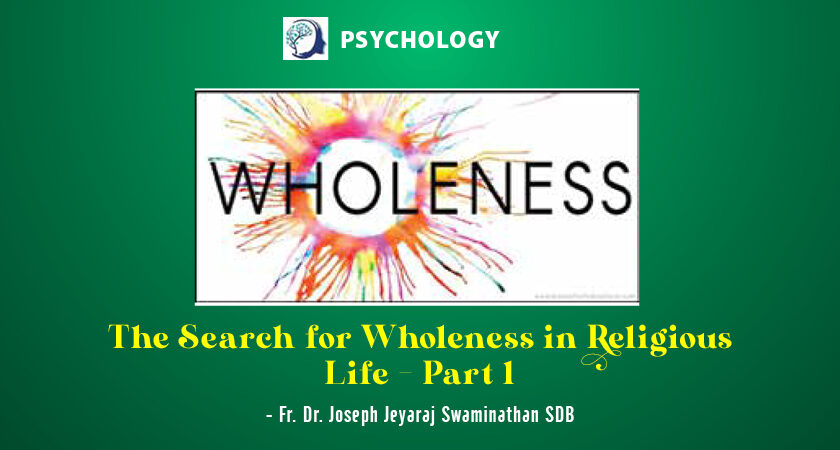“Small disciplines repeated with consistency every day, lead to great achievements gained slowly over time.” – John Maxwell
Two different personalities in the same parish community:
In a parish on the outskirts of a city, 58-year-old Fr. James was the parish priest and 42-year-old Fr. Denzil was the principal of the diocesan English medium school. In comparison to the younger priest, Fr. James was found to be healthy, agile, and active. He had the habit of regularly rising at 4.30 am, practicing yoga and other exercises, and being punctual in celebrating the Holy Mass for the parishioners at 6.00 am. His health was generally good, with the exception of occasional headaches and fever. He was a lively and sociable person, who greeted people with enthusiasm, maintained friendly relationships with his office staff and the parishioners. People were drawn to his amiable personality, and he was widely appreciated.
Fr. Denzil did not enjoy robust health. He suffered from diabetes and high blood pressure and had to take medication daily. Due to his medical condition, he was unable to rise early in the morning and fulfil his spiritual practices. In fact, he would just about manage to be on time to start school at 9.00 am. With regard to his interpersonal rapport, it was almost impossible for him to be calm and relaxed during the day. He would constantly complain about the many difficulties he was facing in school and it was customary for him to be irritated, impatient and disrespectful towards his staff and the parents of students. As a consequence, people feared approaching him. Neither did he enjoy a happy and serene community life whereas the other priest seemed to be living a fulfilled life.
Fr. Dr. Joseph Jeyaraj, sdb
To read the entire article, click Subscribe
